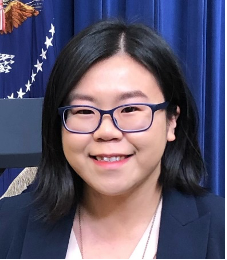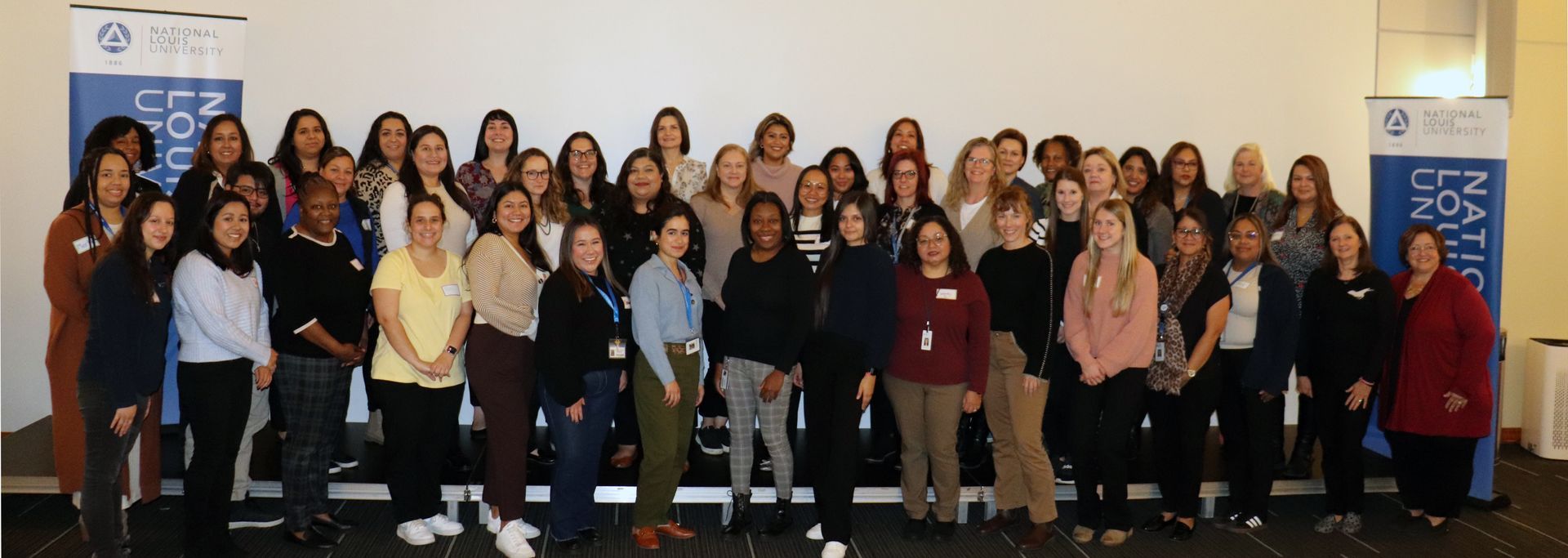BY McCormick Center | January 22, 2011

Sim Loh is a family partnership coordinator at Children’s Village, a nationally-accredited Keystone 4 STARS early learning and school-age enrichment program in Philadelphia, Pennsylvania, serving about 350 children. She supports children and families, including non-English speaking families of immigrant status, by ensuring equitable access to education, health, employment, and legal information and resources on a day-to-day basis. She is a member of the Children First Racial Equity Early Childhood Education Provider Council, a community member representative of Philadelphia School District Multilingual Advisory Council, and a board member of Historic Philadelphia.
Sim explains, “I ensure families know their rights and educate them on ways to speak up for themselves and request for interpretation/translation services. I share families’ stories and experiences with legislators and decision-makers so that their needs are understood. Attending Leadership Connections will help me strengthen and grow my skills in all domains by interacting with and hearing from experienced leaders in different positions. With newly acquired skills, I seek to learn about the systems level while paying close attention to the accessibility and barriers of different systems and resources and their impacts on young children and their families.”
Children’s experiences in early childhood programs can impact their developmental outcomes. While some high-quality programs promote children’s success in school and life, the majority of child care programs are of minimal to adequate quality. A recent study conducted by researchers at the Urban Institute explored the seemingly simple question, why is there so much variation in program quality? The study focused on center directors—their beliefs and decisions, and the contexts within which they work. The goal was to identify what promotes quality in some centers and what hinders quality in others.
Download this resource to read the rest of the research.
This resource is part of our archived Research Note series.





